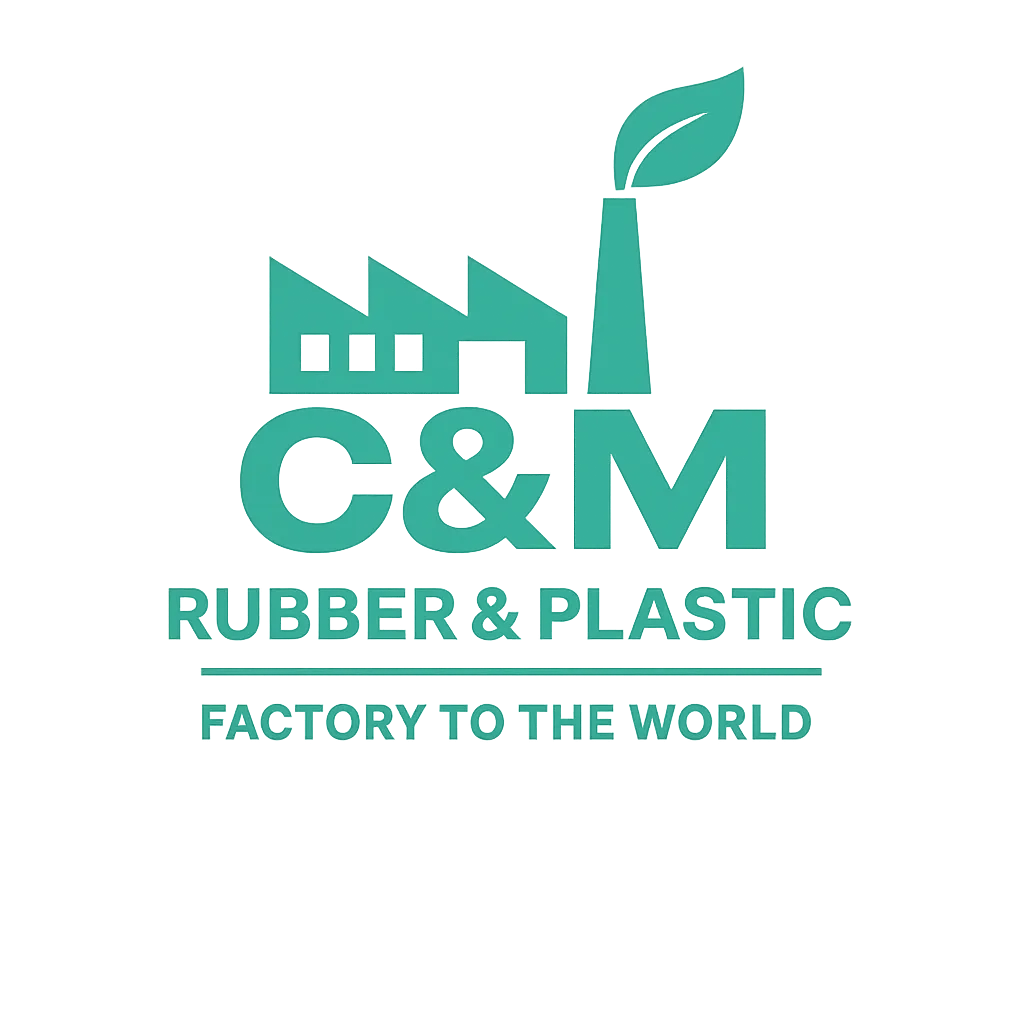METAL
Plastic / Rubber / Silicone over metal
C&M provides end-to-end services: design consulting, DFM/DFA, mold fabrication, machining & quality control to industrial standards.
Plastic overmolding on metal
Plastic over metal is the overmolding technology—coating or molding plastic (or silicone, TPE) over a metal core. This method offers many technical advantages and broad applications in mechanical engineering, electronics, automotive, and industrial equipment. View details →
Manufacturing benefits: Reduce the number of parts to assemble → save cost and increase joint durability. Can integrate waterproofing, electrical or thermal insulation. Create multi-material products with superior performance.
Mechanical function & protection
- Reduce vibration and noise: the overmolded plastic layer provides damping, anti-vibration, and noise reduction during operation.
- Corrosion resistance: prevents direct contact between metal and humid/chemical environments.
- Electrical & thermal insulation: ensures safety in electronic or high-temperature environments.
- Less wear: protects the metal surface from impact or direct friction.
Improved ergonomics & aesthetics
- Better grip: plastic increases friction and prevents slipping for handles, knobs, levers…
- Enhanced appearance: allows color combinations and smooth, glossy, or matte finishes as required.
- Flexible design: easy to form complex shapes, logos, or textures on the overmolded plastic.
Common applications
- Automotive: rubber/plastic over bushings, control arms, handles, seals, engine mounts.
- Electronics & appliances: handles, housings, control knobs.
- Industrial tools: grips, tool handles, shock pads, rollers.
- Medical & consumer: handheld devices, safety items, anti-slip products.
Rubber & Silicone over metal
Rubber over metal has many uses in industry and daily life thanks to combining the elasticity and wear resistance of rubber with the hardness and strength of metal. View details →
Vibration and noise reduction; impact resistance
- Rubber absorbs shocks, so when overmolded on a metal core it helps:
- Reduce vibration for high-speed machinery.
- Limit noise during operation.
- Protect metal parts from deformation upon impact.
Applications include industrial wheels, shock-absorbing pads, flexible couplings, machine mounts.
View details →Wear resistance and longer life
- The rubber layer protects the metal surface from friction, corrosion, chemicals, or harsh environments (humidity, salt, acids, alkalis...).
- Extends the life of parts frequently exposed to mechanical or chemical contact.
Widely used in chemical hoses, rollers, tanks, impellers, conveyor liners.
View details →Higher friction & motion control
- Rubber has a high coefficient of friction, so the overmolded layer helps:
- Better power transmission (especially in rollers, calender rolls, pulleys...).
- Prevent slipping or shifting during operation.
Common in printing rollers, conveyor rollers, paper press rolls, draw rolls.
View details →Electrical & thermal insulation; leak prevention
- Rubber is a good electrical and thermal insulator, so when overmolded on metal it helps:
- Block electricity or heat from passing through the metal.
- Increase safety in environments with electricity, steam, or high temperature.
Waterproofing and surface protection
- Rubber over metal creates a sealed layer that prevents the ingress of water or gas.
- Used for gaskets, seals, valves, flanges, tank linings, pipelines.
Common applications
- Mechanical industry: calender rolls, wheels, shock-absorbing pads.
- Chemical industry: tank linings, pipe linings, anti-corrosion coatings.
- Printing & paper: rubber ink rollers, paper press rolls.
- Hydropower & cement: wear-resistant liners, waterproofing layers.
Quality & schedule commitment
COA/COQ on request; incoming material control, adhesion tests (peel/shear) and environmental testing.
- Consult on suitable materials & primers
- DFM design to increase bonding area & mechanical interlocks
- Inspection plans by production lot
There is no products in this list



